 MIAMI – A thick layer of Soca and Calypso music blanketed Bicentennial Park on Sunday, Oct. 11.
MIAMI – A thick layer of Soca and Calypso music blanketed Bicentennial Park on Sunday, Oct. 11.
A glittering sea of people poured into the park while booms and tings seemed to hypnotize them as they walked. Patrons – some of whom even painted every part of their bodies (head, scalp, arms, chests and even fingers) with their island’s colors – danced, dipped, and cheered. This wasn’t just any gathering in downtown Miami, this was the 25th anniversary of Miami Carnival.
For the first time in years, both Broward and Miami-Dade Carnival committees partied under one hot sun. Previously, each had held individual celebrations on the same day.
This year’s carnival drew about 50,000 people, compared with 12,000 at each of last year’s events, said Marlon Hill, one of the carnival’s organizers.
Broward resident Jahmeila Severin said she was happy to see the two organizations come together. She said she hadn’t attended the Miami carnival in about five years, and never really felt compelled to patronize her local carnival.
“Broward is not the real thing,” she said in comparison to Miami’s event. “More cultures come here.”
Folks from all backgrounds culminated in the park, which opened at noon. Bold-colored clothing of yellow, red, violet and gold seemed to stand out like shiny tinsel scattered on the 29-acre park.
Having one outlet for all Caribbean people to come together was the highlight for many of the patrons who arrived.
“It’s a good event that brings everyone together,” said Jay Sadler, while standing under the Florida Caribbean Student Association tent, one of the many vendors set along the vast space.
“A lot of the Caribbean events throughout the year are just parties. This one is half culture, half parties, and it’s a lot of fun,” said Sadler, who is also the fundraising chair for the Caribbean Association at the University of Miami.
While some crowds dotted open areas, some lined food vendors for heaping servings of dishes such as curry chicken, fried fish, sugar cane juice and coconut water, but most participants stood on the threshold where grass met the parade pavement. The parade, after all, is the most distinctive characteristic of Carnival.
After winding through the streets of Miami, the 36-band long parade danced in one large loop within the park. Their morning had begun at 11 a.m. when the parade kicked off two miles north of the park. At the four o’clock hour, bands were just as energetic as when they first began.
“All you need is a Red Bull and Coke and you keep on moving,” said Anubis Deochan, who was among the “Party People” band that based its theme on reflections of the rainforest. His band had just entered the park. The second round of fun had just begun. The air was hot, but the music was loud.
Sweat beaded brilliantly down the bodies of the masqueraders as they danced in their heavily adorned sequined costumes. It seemed as though if you looked at the right moment, everyone appeared to reflect pure joy.
“The music is the best thing,” Deochan said as he flashed a broad, white smile.
“Party People” brought throngs together to dance in the parade. Some came because their friends invited them. And some, like Dexter Seusahai, arrived from Toronto.
Seusahai said that once he found out it was the 25th Miami Carnival, he just had to be here. In honor of the occasion, he spent one month and $3,000 constructing a massive, glimmering, gold-freckled costume. Fitting the rainforest theme, the costume was modeled after the spirit of the forest. Several men worked the span of wings and large rods to keep the costume on path as a man who adorned and walked within the structure walked the parade.
Miami resident Desari Nemaragh stood parade-side, decked out in green and yellow, waiting to cheer on her fellow Jamaicans in the parade: “It doesn’t matter who you are, or what country you came from, everybody is united.”
Rochelle@RochelleOliver.com

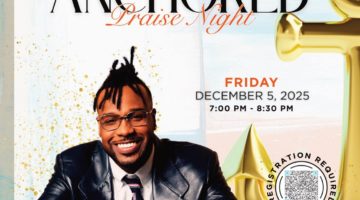

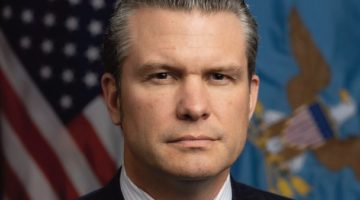
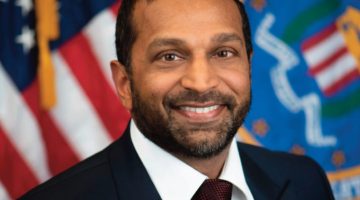
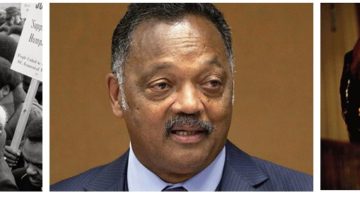
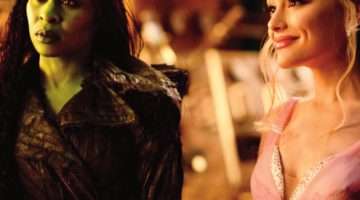
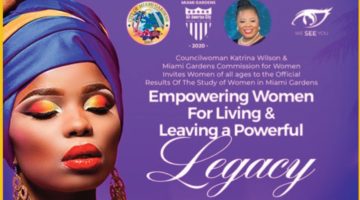
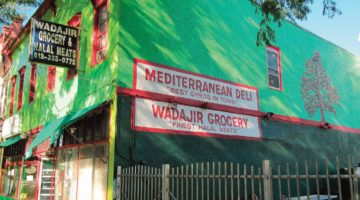



No Comment